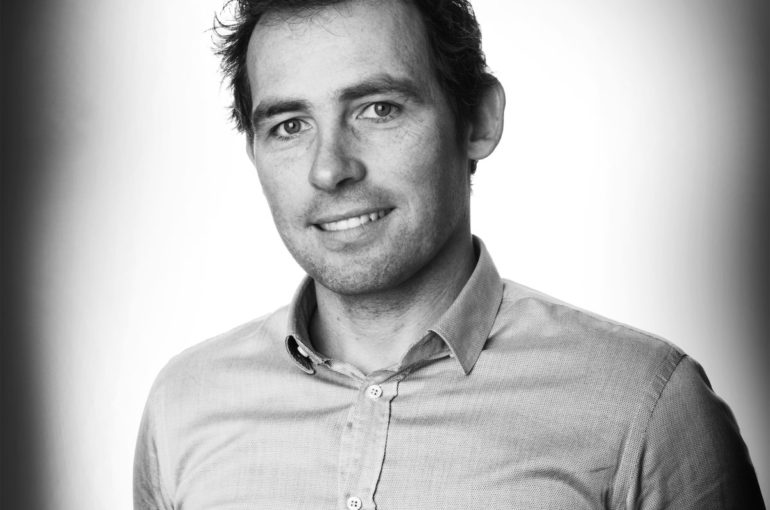3 questions to… our circularity expert

This week we celebrate the potential and impact of circular business, during the Week for Circular Economy. Frontrunners share information & inspiration about their business and beyond to activate others to start creating circular impact too. How can you join the transition to a circular economy? What opportunities lay ahead for you in the coming years? Let’s find out by asking our circularity expert Derek.
Making the shift to circular business is a trending topic. What can businesses do to discover the opportunities it offers them?
“It all starts with understanding the flow of resources associated with your business. What kind of resource needed to bring your product(s) or services(s) to the market? Make sure you have a clear view on your resource flow and waste output. That’s your starting point; the resource fall-out, or waste output. In a circular economy there is no such thing as waste”
“In a time in which our resources become increasingly scarce, we need to do more with less. Everyone can manage waste in a different, more innovative way. Whether you reuse it internally or sell it to an external party, who sees value in your waste output. Believe me, all waste has value. It is the trick to see that value and find the right customer – internally or externally”.
Believe me, all waste has value. It is the trick to see that value and find the right customer – internally or externally
“A step further is upcycling your business. The question then is: how can we revalue our products? We don’t need to own a phone, we want access to mobile internet, entertainment and the ability to call anyone from anywhere. The service based economy goes hand in hand with the circular economy. When apple stops selling phones, but starts selling a membership on cutting edge mobile technology, for a monthly fee”.
So what does this mean for businesses in food or fashion, for example?
“Waste material can be a resource in your production process. Within the textile sector this is an interesting approach. By using the right techniques and processes we can endlessly reuse the textile fibres that makes fashionable products. There’s no need to use enormous amounts of water and pesticides, associated with growing cotton, and thus contribute to the environmental impact for each new jeans we wear. Not if we produce once and upcycle what we have made before”.
“In the food sector we know three quite simple levels of upcycling. In agricultural business, start with using products that don’t meet the esthetic criteria. Some supermarkets are now initiating the sales of less perfect fruits & greens. Take the “buitenbeentjes” campaigns for example, or companies like KromKommer. Such crops can also be processed in soups or other products too: except for their appearance, there’s great value in their taste and nutrient quality. And lastly, if the quality is too low to reuse these products on the consumer market, then reuse it yourself. Think of great nutrients for your livestock or as fertilizer on your land”.
How do businesses start implementing circularity today?
“After you’ve identified the recources fall-out (the waste that is fit to upcycle), you can take it a step further. Why not redesign your products or services, so you can easily regain your resources after the lifecycle of your product? Imagine the perfect customer. A person or company who always calls you when they are ready for a new floor, or car, or other product. Then you have the perfect opportunity to sell a product or service again. Sales managers would commit murder for this information. The trick is simple; offer your customers free collection or removal of your product at request. Two things happen: you are in contact with your customer at the right time for resell and you get free resource materials for new products, if you designed them right. Meaning, design for easy deconstruction or disassembly.
It starts with a shift in attitude and exploring the opportunities. Saying you have ‘waste’ means you’re losing money and destroying resources.
To get circularity off the ground, companies should adapt their business models or even reinvent them. The customer of the future will pay for usage, not for ownership. It’s already happening now. Producers will maintain ownership and therefore responsibility for the functioning of a product”.
“Rainbow Collection is your partner in rethinking your business. We can assist you in your shift towards the circular economy. Start small and map your resource flow and the opportunities and ideas to upcycle will follow. Remind yourself that materials that are now called ‘waste’, are just resources without an identity. It’s up to you to shape this identity”.
Read more about our Positive Impact Creators, applying circularity today: i-did, The Next Closet, SnappCar or Obrigado.